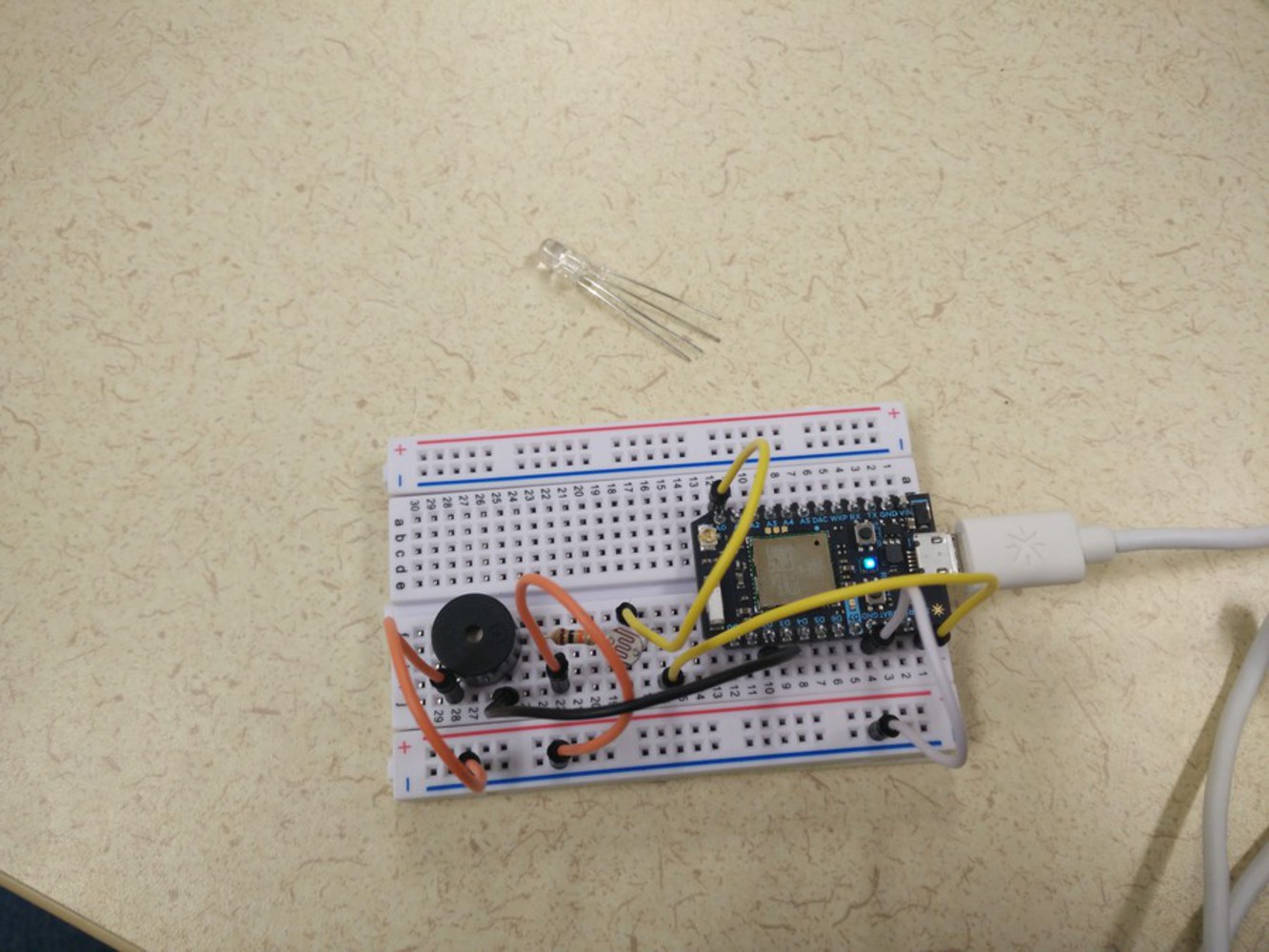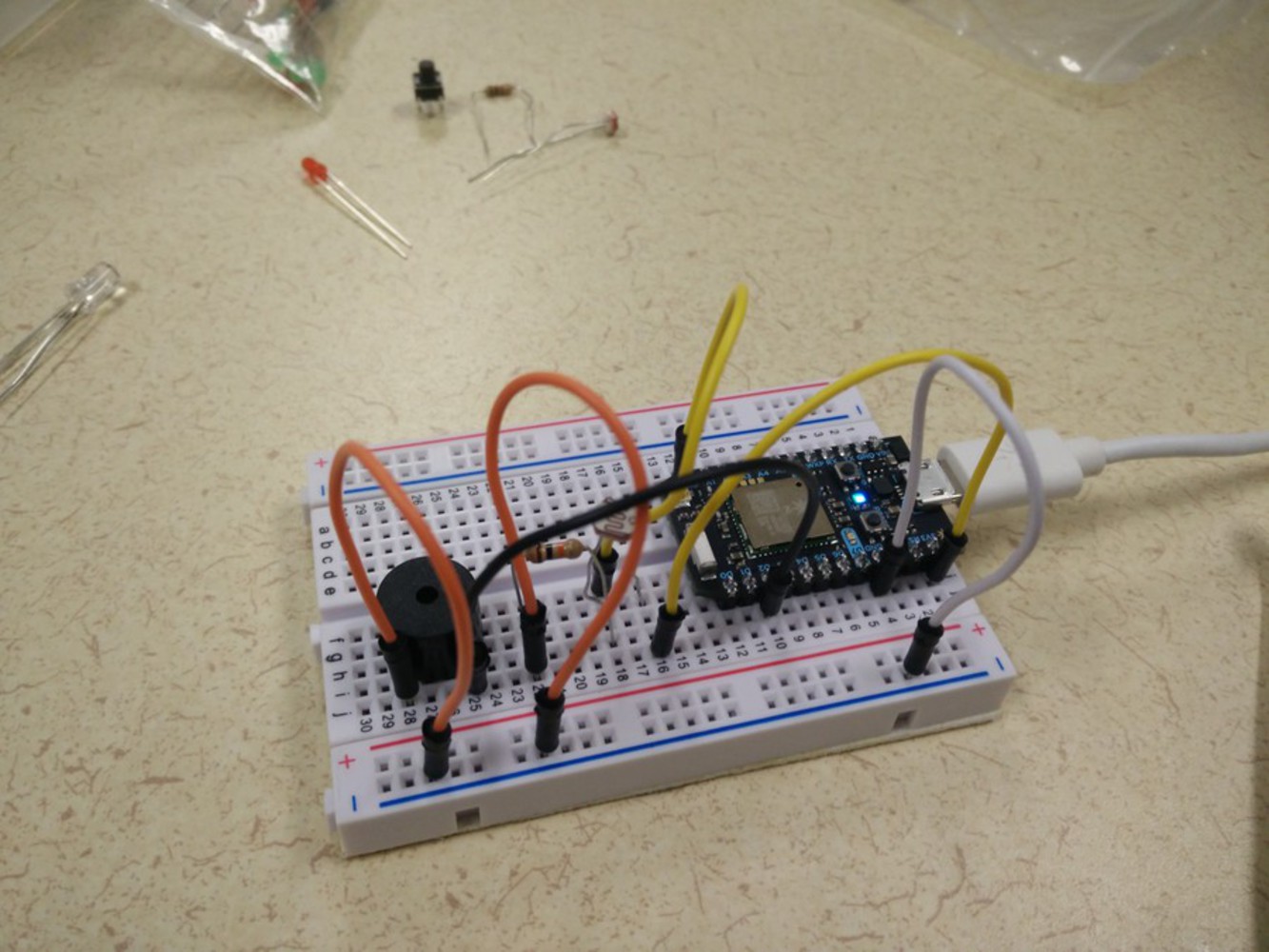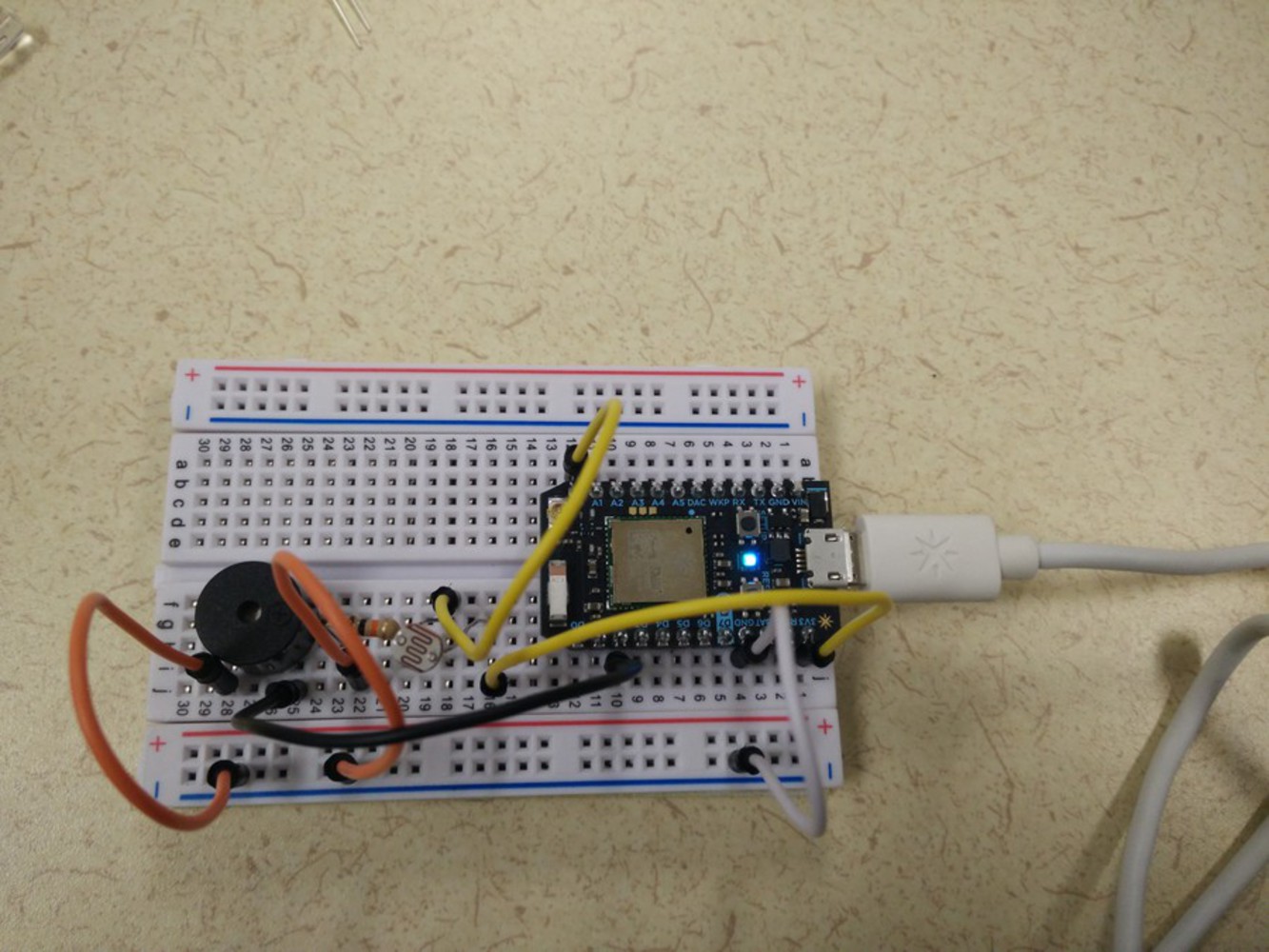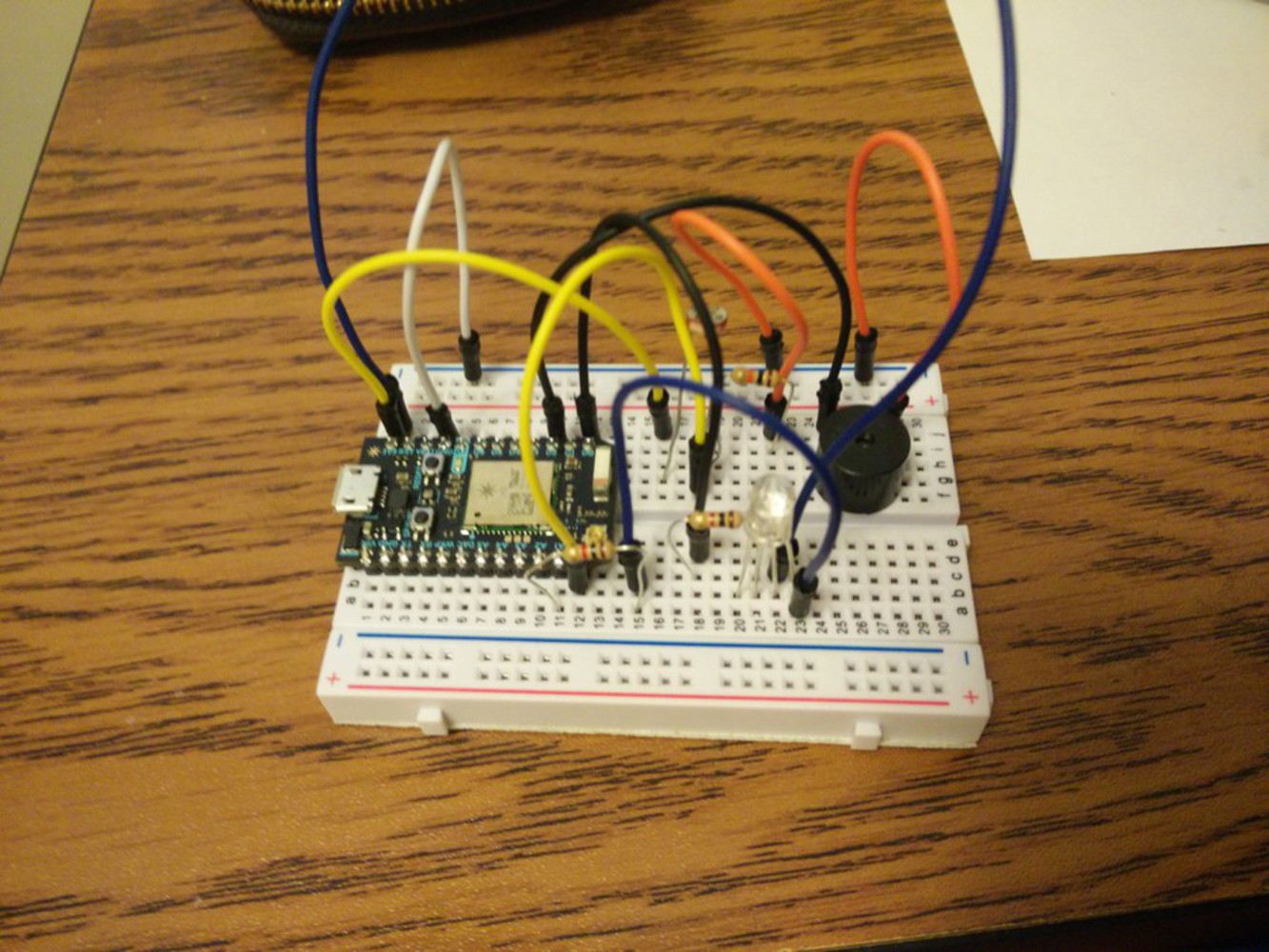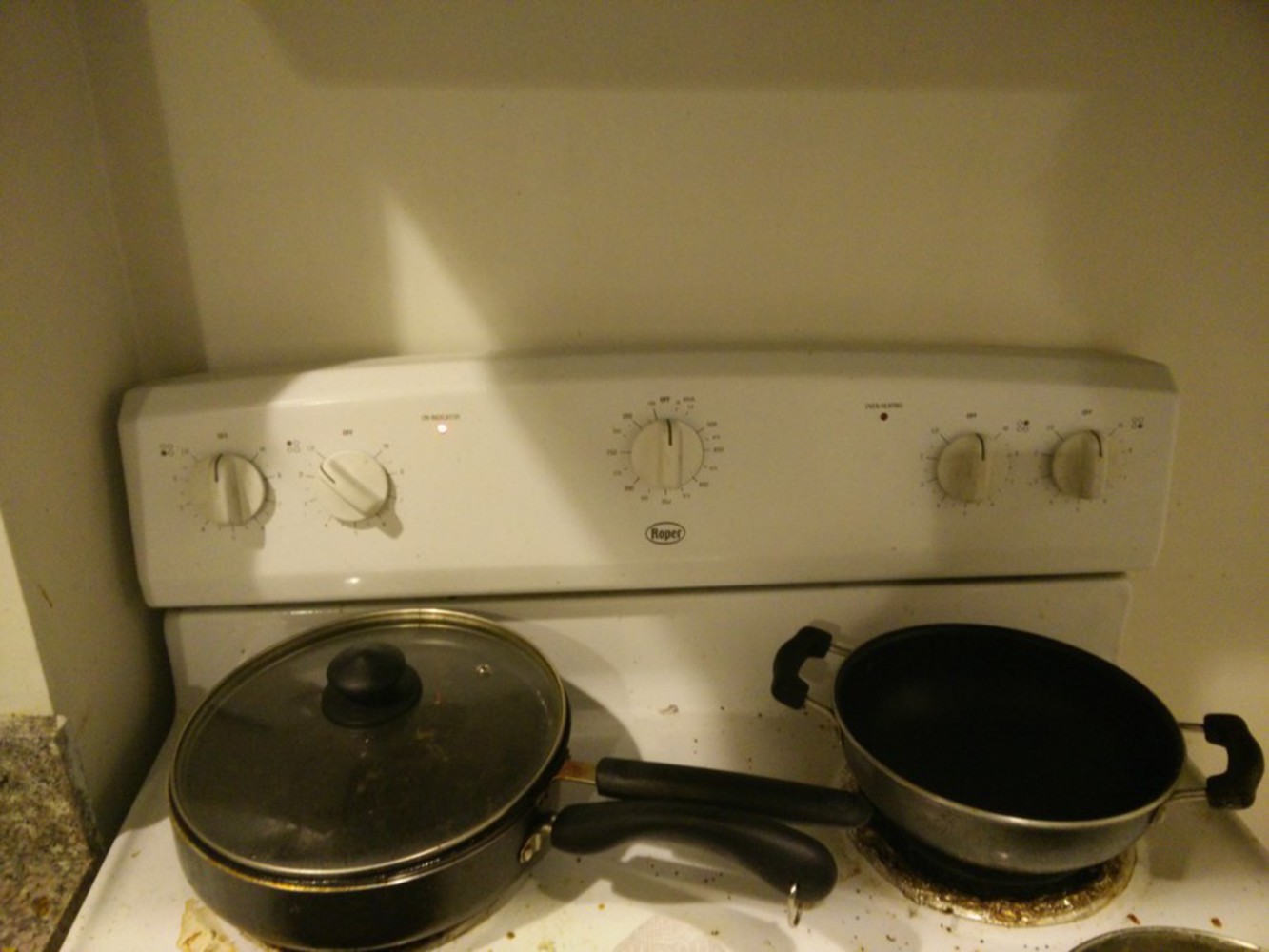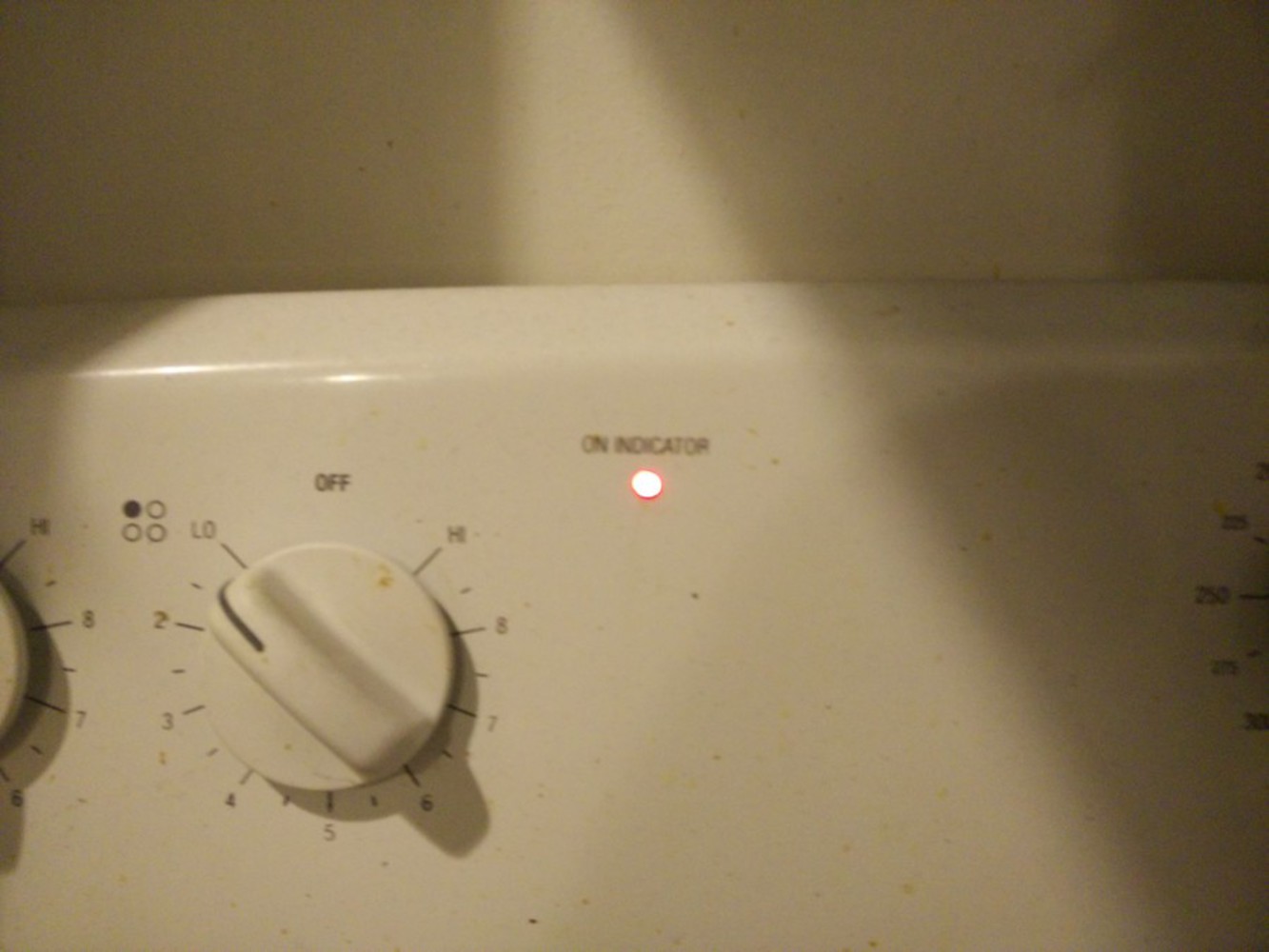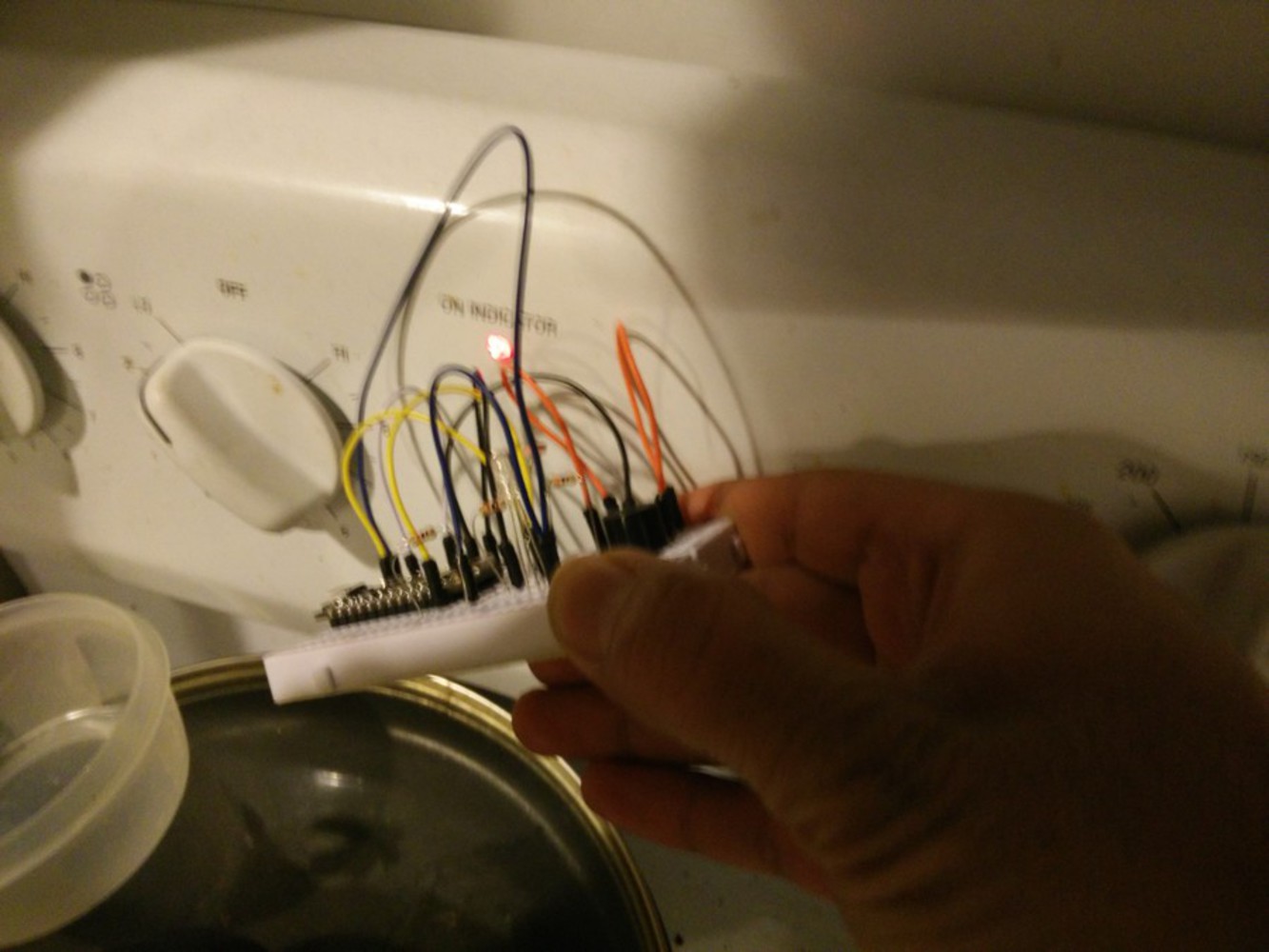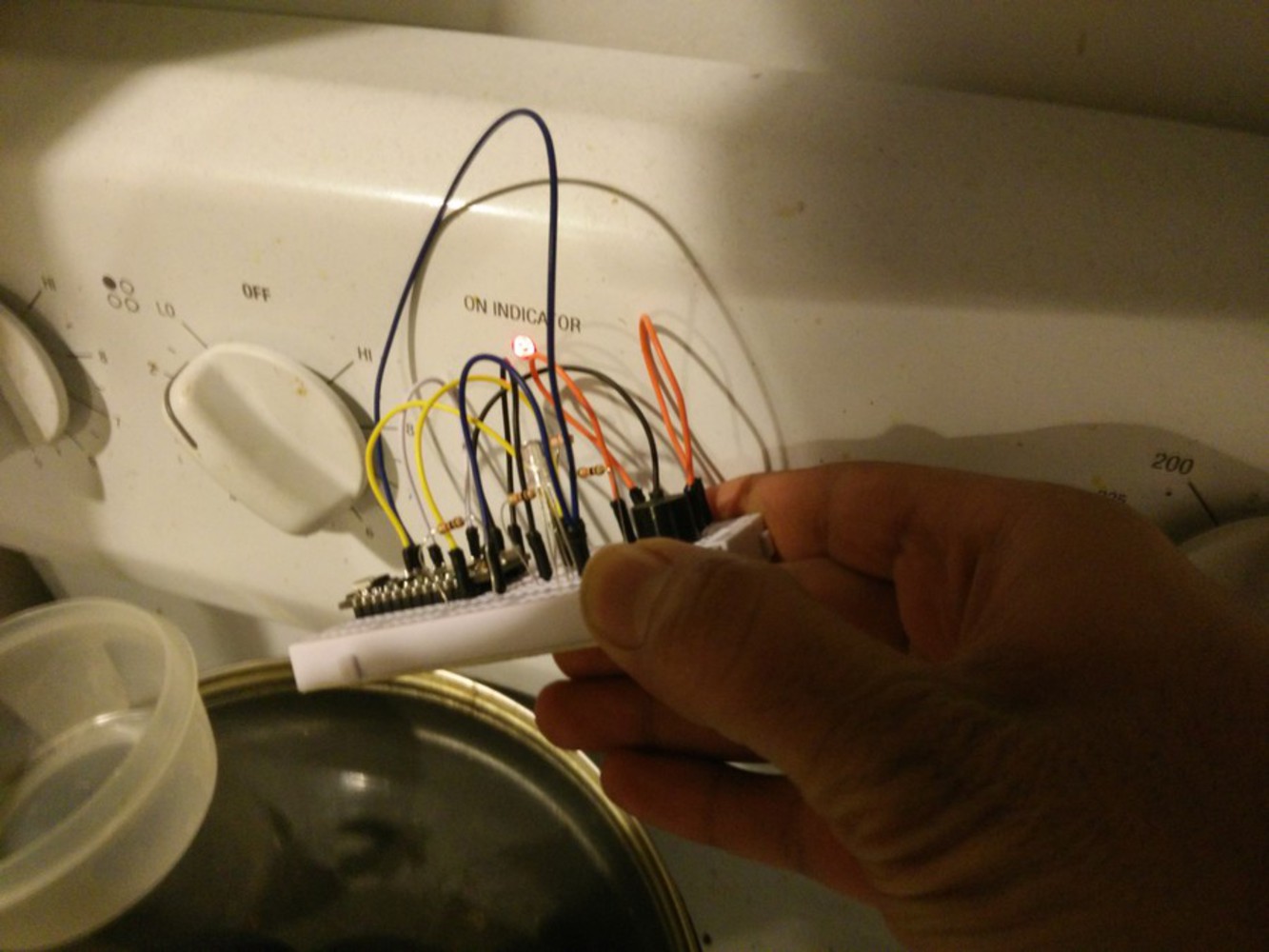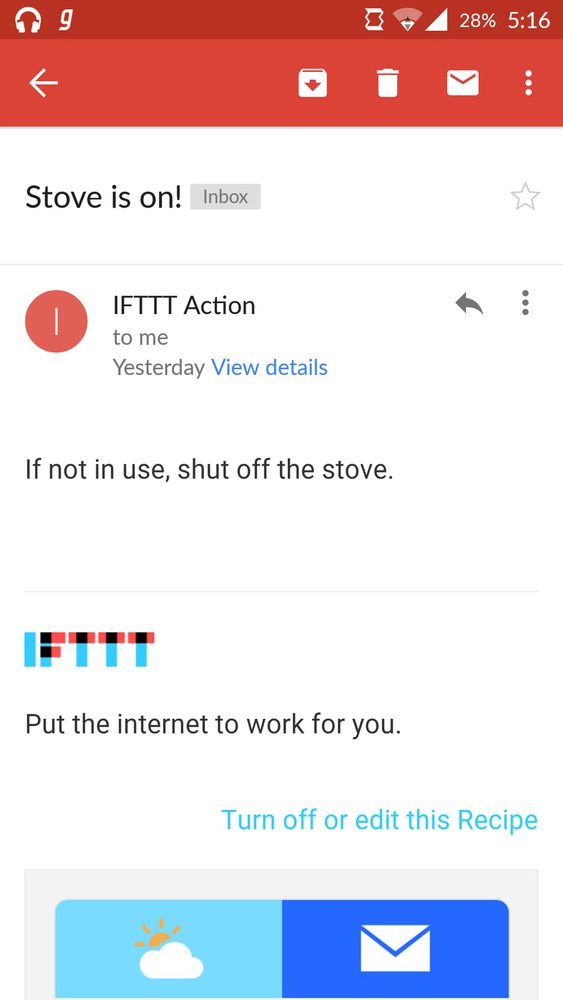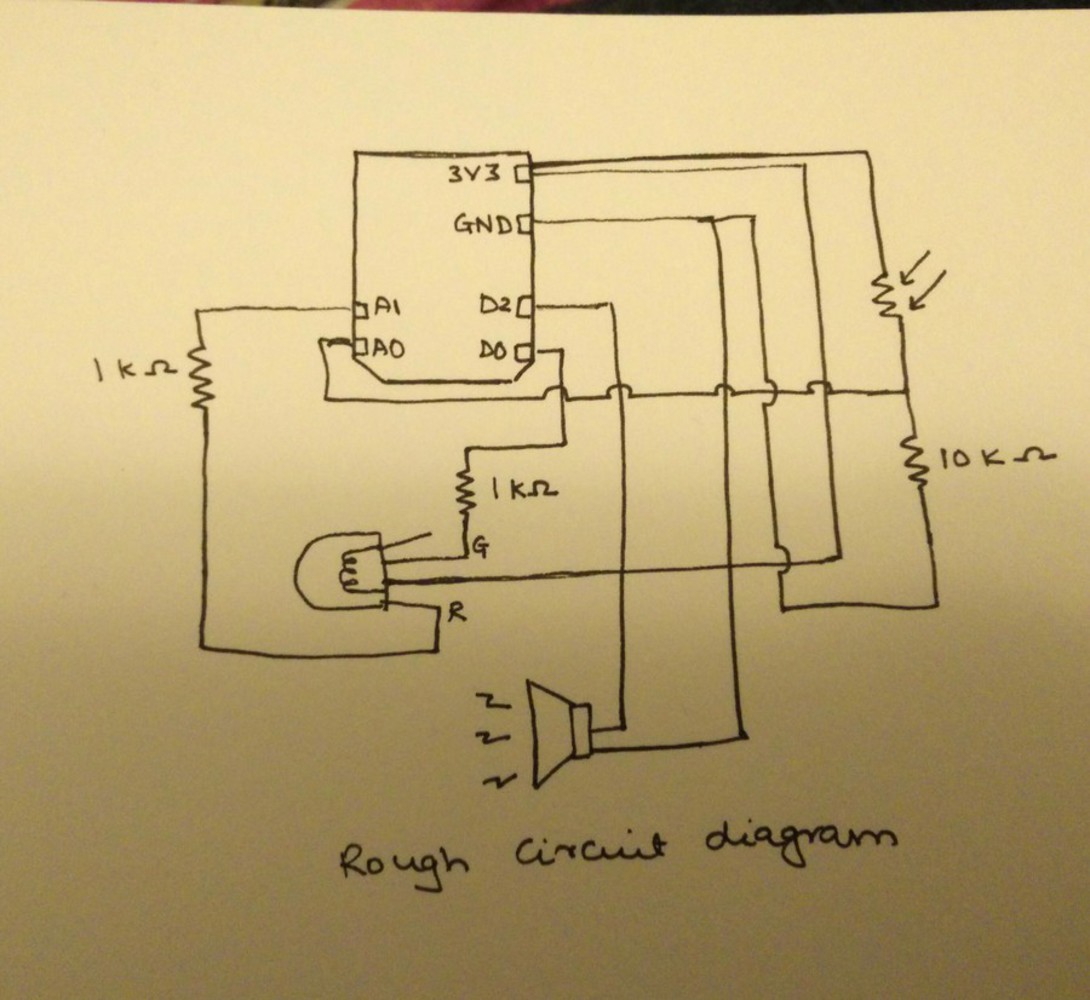Intention
One of the common problems we face in our busy lives is forgetting to switch off an appliance in our home. Sometimes its a harmless act- but occasionaly it can be dangerous if it is a tap in the bathroom or the stove in your kitchen. The ‘stove-alert’ device senses if the stove has been left on for more than 10 minutes unsupervised and immediately notifies the user on his/her phone. The user can then take suitable action to let the building management/neighbor know about the stove and get it switched off.
This device has been designed specifically for my flat mate (Anshuman Kumar) who has this habit of forgetting things and has left the stove on a couple of times in the past three months itself. The interesting thing was- both of those times, I was present in the house but couldn’t know about the stove as I was upstairs in a different room. Thus, I felt a need of placing a sensor which could send him and all the housemates notifications via internet so that either of us could go downstairs and switch it off.
